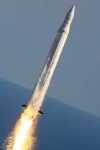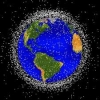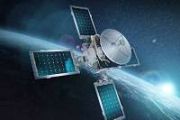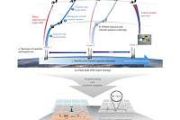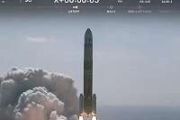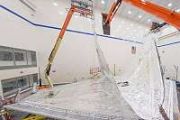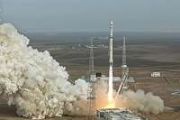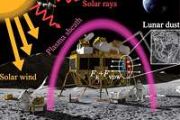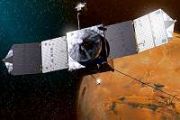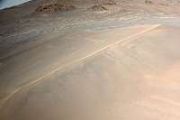Space Careers
| Project List |
MTG, Meteosat Third Generation, is a serie of geostationary meteorological satellites that will be procured and operated by the organisation EUMETSAT. Considering the long development cycle for a new observational…
Multi-functional Satellite Augmentation System (MSAS) is a Japanese SBAS (Satellite Based Augmentation System), i.e. a satellite navigation system which supports differential GPS (DGPS) designed to supplement the GPS system by…
The idea is to develop a modular logistic vehicle capable to provide in the future continuous logistic service between LEO and the Moon surface. Based on the use of a…
Multifunctional Transport Satellites (MTSAT) are a series of weather and aviation control satellites. They are geostationary satellites owned and operated by the Japanese Ministry of Land, Infrastructure and Transport and…
The Mobile User Objective System (MUOS) is an array of geosynchronous satellites being developed for the United States Department of Defense (DoD) to provide global satellite communications (SATCOM) narrowband (64…
The Murchison Widefield Array (MWA) is a joint project between an international consortium of universities to build a low-frequency radio array operating in the frequency range 80–300 MHz. The main…
The Multi Unit Spectroscopic Explorer (MUSE) is a second generation instrument installed at the Very Large Telescope (VLT) of the European Southern Observatory (ESO). It is an integral-field spectrograph operating…
NanoSail-D2 is a technology demonstration experiment of NASA with the primary objective to deploy a compact solar sail boom system in space. In a previous attempt, a team from the…
The Nanosatellite Launch System (NLS) is a series of satellite launch missions coordinated by the Space Flight Laboratory of the University of Toronto Institute for Aerospace Studies. It provides a…
NAPEOS, the NAvigation Package for Earth Observation Satellites, is a state of the art software system for GNSS data processing providing results with a very accuracy. NAPEOS is developed and…
Naro-1 is South Korea's first carrier rocket, which made its maiden flight on 25 August 2009. It is built by KARI, the national space agency of South Korea, and Korean…
The NASA Orbital Debris Program Office is located at the Johnson Space Center and is the lead NASA center for orbital debris research. It is recognized world-wide for its leadership…











